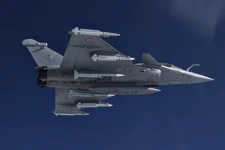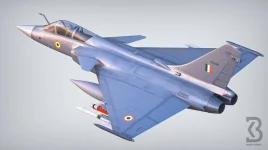- Views: 3K
- Replies: 25

In the 1980s, long before “Make in India” became a national rallying cry, there were glimpses of such an approach. One striking instance was Northrop Grumman's proposition to shift the entire F-20 fighter jet production line to India. This coincided with India's nascent Light Combat Aircraft (LCA) program, creating a fascinating intersection in India's defence history.
Northrop Grumman's unprecedented offer to relocate the F-20 manufacturing facility promised not just the fighter jet but also a significant transfer of technology, skills, and economic advantages. This could have potentially propelled India's aerospace sector to the global forefront.
However, the F-20, despite being positioned as a cutting-edge aircraft, was becoming obsolete by the mid-1980s. Its airframe, based on an older design, couldn't match the capabilities of emerging rivals. Moreover, the Indian Air Force's acquisition of advanced fighters like the Mirage-2000 and MiG-29 further diminished the F-20's appeal.
Meanwhile, India was embarking on its ambitious LCA program, aiming for self-reliance in defence technology. The program, though plagued by delays, underscored India's determination. Had India accepted Northrop Grumman’s offer, the influx of manufacturing expertise and technology could have potentially fast-tracked the LCA's development.
This lesson has deeply shaped India's policies in the decades since. The LCA program, despite its hurdles, ultimately resulted in the Tejas fighter jet, a symbol of India's growing aerospace prowess.
While the F-20 offer remains a captivating "what-if" in India's history, it highlights the complex interplay of technology, geopolitics, and national aspirations in shaping a country's defence capabilities.




